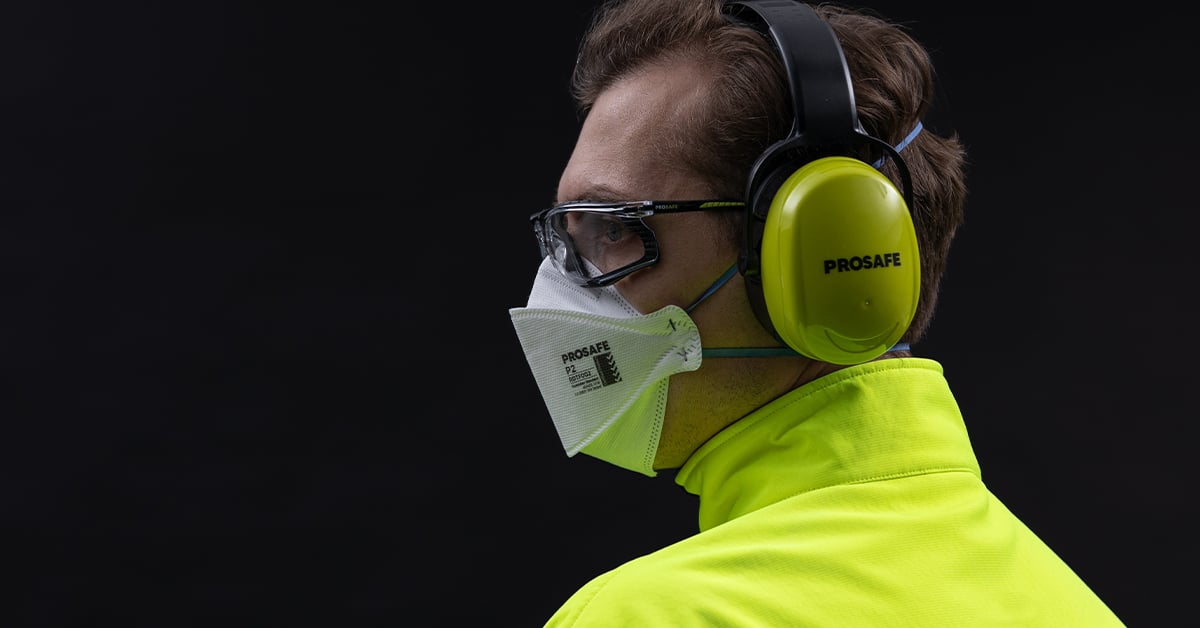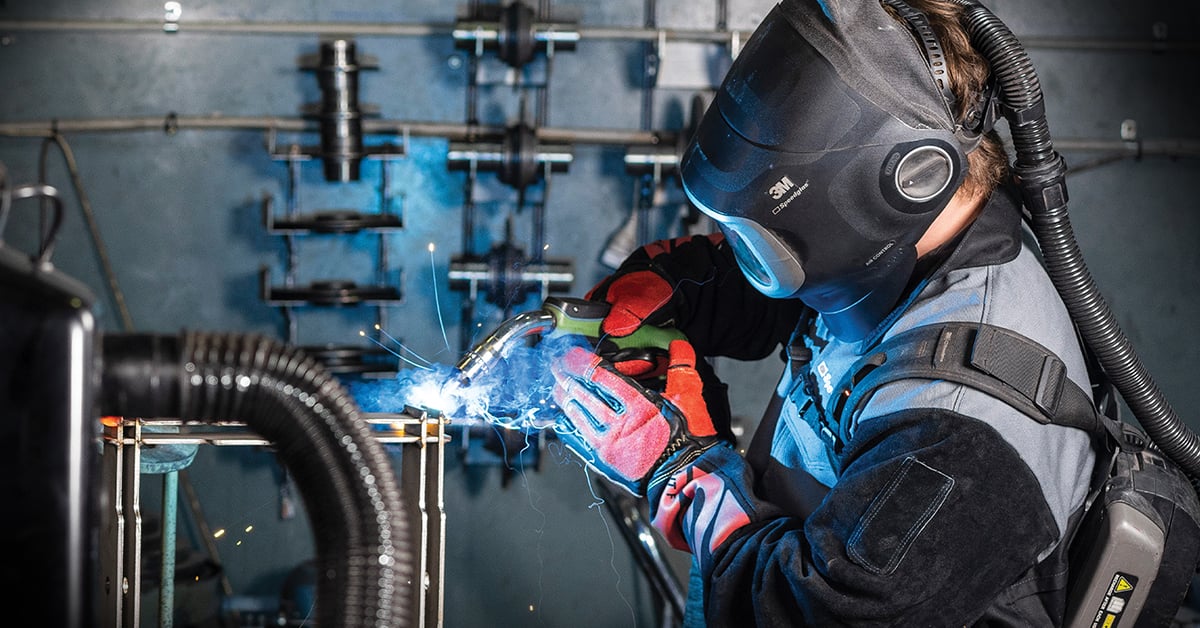CASE STUDY: How Blackwoods helped a manufacturing company reduce hand injuries without impacting productivity?
Safety that works as hard as your team. In fast-paced manufacturing environments, minor hand injuries can quickly become a major concern. For one...
 Blackwoods
Blackwoods
 Commonly, people primarily link confined spaces with mining and manufacturing, but there are countless other workplaces of various sizes and locations that are also affected, including:
Commonly, people primarily link confined spaces with mining and manufacturing, but there are countless other workplaces of various sizes and locations that are also affected, including:


